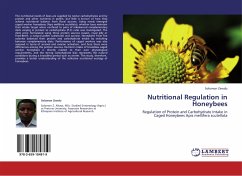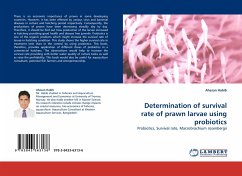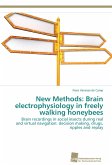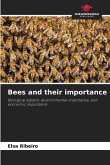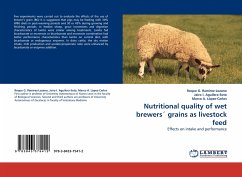The nutritional needs of bees are supplied by nectar carbohydrates and by protein and other nutrients in pollen, but little is known of how they achieve nutritional balance from floral sources. Using newly emerged caged worker honeybees (Apis mellifera scutellata), whether bees maintain their intake target when confined to pairs of imbalanced complementary diets varying in protein to carbohydrate (P:C) ratio was investigated. The diets were formulated using three protein sources (casein, royal jelly or Feed-Bee®, a natural pollen substitute) and sucrose. Honeybees from five colonies balanced their protein and carbohydrate intake by switching between complementary diets. Performance of caged workers was also assessed in terms of survival and ovarian activation, and here there were differences among the protein sources. Nutrient intake of broodless caged worker honeybees is directly related to their own physiological requirements, and the strong carbohydrate bias represents the natural conditions during a broodless period such as winter. This study, therefore, provides a better understanding of the collective nutritional ecology of honeybees.
Bitte wählen Sie Ihr Anliegen aus.
Rechnungen
Retourenschein anfordern
Bestellstatus
Storno

